Luxor’s beauty is not just seen through the scale and grandeur of its ancient Egyptian monuments, but also through the eyes of its farmers. The splendor of its history continues to run in the veins of its people, as they carry inside their hearts boundless dreams to transform the city into the world’s next breadbasket.
When speaking of Luxor, Khaled Saad, a smallholder farmer in Boghdadi village, which is around 8.3 kilometers from inland Luxor, refers to the place as more than a home, or a piece of land, but as a symbol of the future – of hope, abundance and progress.
Walking around the sun-drenched farmland of Boghdadi village, Saad showed me the new solar panels that were installed just a few months ago in a way that does not fundamentally alter the physical character and functionality of the landscape. Surrounded by palm trees, Saad pointed with his finger towards the horizon and said, “Luxor is the land of opportunity; it is bountiful and rich and can become a hotspot for a growing agricultural industry in tomatoes, sugarcane, grapes, bananas, mangoes, dates, and corn/maize,” he says confidently.
A light summer wind traveled through the palm trees that enveloped the landscape. From the corner, his children were running around to catch the gleam of the sun reflected in the running water in the canal. Above our shoulders was a show of birds that flew in harmony and created a beautiful pattern against the background of a clear blue sky.
“There is a lot of potential for many industries to be established here, which provides an opportunity to strengthen the date palm industry and extract sugar, which is a lot more nutritious than cane sugar. This alone can be beneficial in solving the food crisis.”
In recent years, investments have largely favored “larger projects” over smallholder farmers or villages to achieve maximum return in less time. Stories of grand agricultural projects have largely overshadowed stories that focus on small communities, yet in a time where countries are often overwhelmed by vast global crises, it is the need of the hour to turn to putting power in the hands of people on ground.
By 2050 worldwide farmers are expected to be able to produce 70 percent more food to meet the needs of the expected global population of 9.1 billion, yet smallholder farmers cannot adapt to climate change alone. Globally, smallholder farmers receive only 1.7 percent of climate finance, which stands in striking contrast with the mounting challenges that smallholder farmers in developing countries such as Egypt have to face, who often lack access to affordable inputs, technology and infrastructure.
Years of Adaptation: One Farmer’s Journey in Sustainable Farming
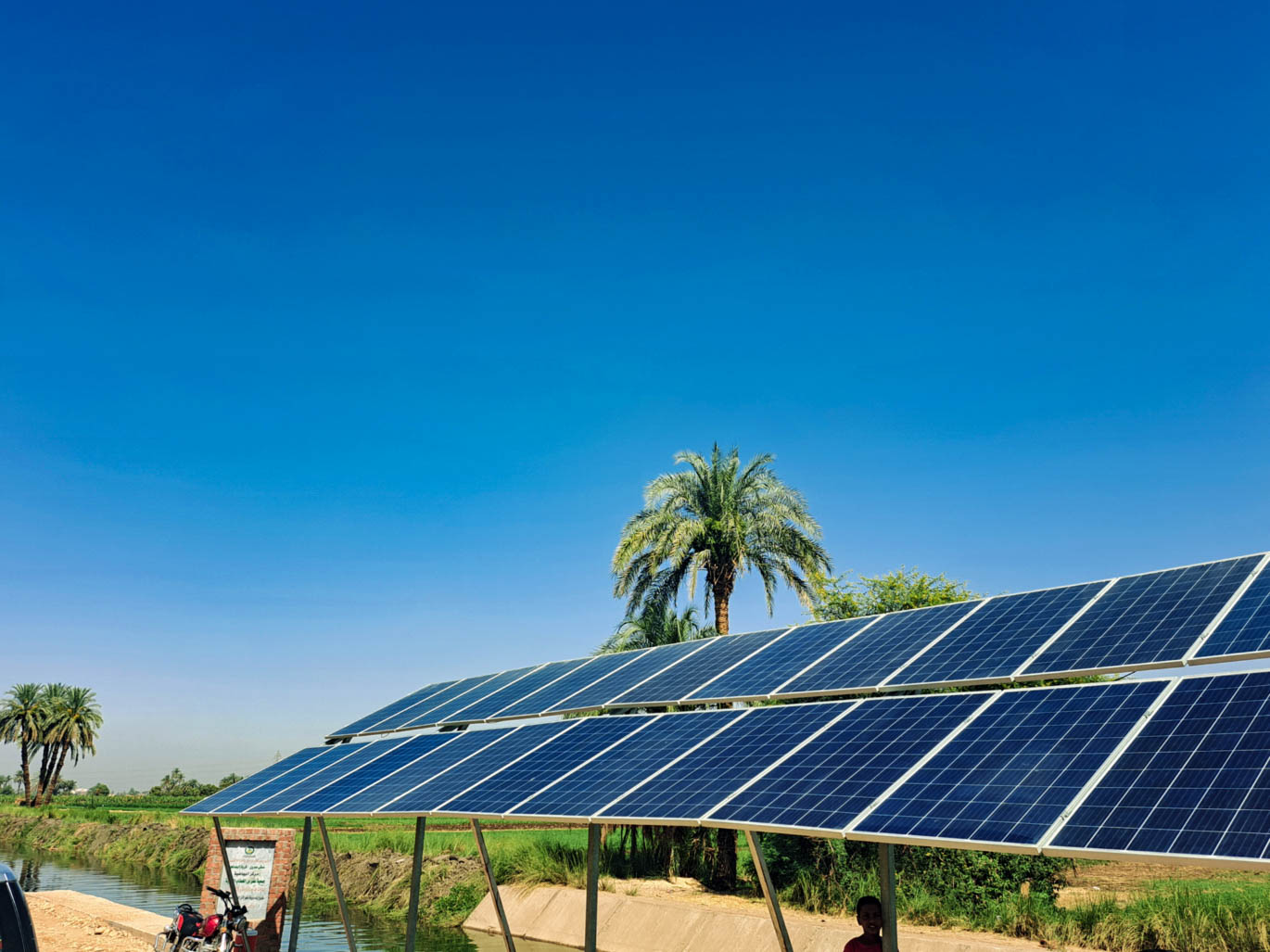
For thousands of years, Egyptian farmers have withstood the test of time, but their trade and their farmlands are now meeting new challenges that are testing the viability of their crops and their profession. Crops are becoming harder to manage due to land exhaustion, arable land is either eaten away for construction purposes or small-scale farming is not yielding enough to make ends meet in an increasingly economically-challenging country.
Yet, Saad, a 45-year-old local smallholder farmer who has been farming his entire life, is optimistic. His smile alone communicated the quiet emotions that lived in his heart, and which reflected a yearning desire for more investment and growth despite the current challenging context.
“The farmer is today’s dollar. If the farmer receives adequate funding, assistance and guidance, he can transform the economy and take it five years ahead,” Saad believes.
Since the early 2000s, Saad began to notice a rise in temperature, which decreased crop yields. But this slowly changed with increasing awareness of climate change and projects instilled by the World Food Programme (WFP) and the Ministry of Agriculture and Land Reclamation. These projects introduced new sustainable farming methods through solar-irrigation, land consolidation, heat resistant seed varieties, and early weather warning systems.
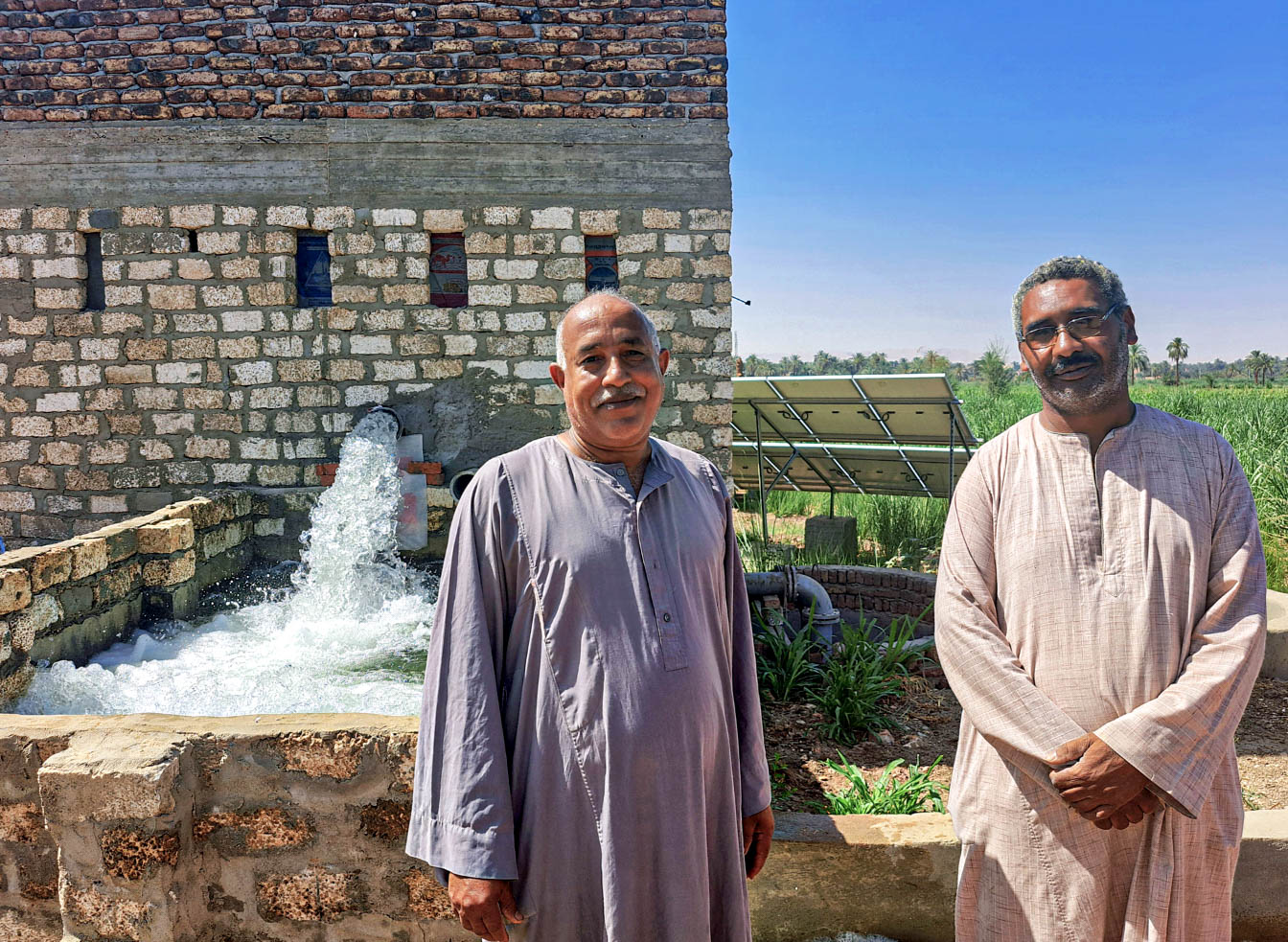
“As Egyptian farmers, we’ve inherited traditional crop calendars for centuries, since the times of ancient Egypt, particularly in wheat. Today, the farmer is now trying to change centuries of traditional practice into a new practice, and to adjust to new timings for farming,” Saad says.
There is another side of farming that the world often does not see, beyond the tranquility of the landscape and the soothing effect of being so close to nature. Farmers are also more like scientists who have to exert a lot of effort and hard work to provide what the soil and crops need to flourish. For this reason, new technologies, such as early warning systems that help communities prepare for hazardous climate-related events.
“We weren’t aware of climate change as farmers, but it started to strongly affect us since 2010, when wheat crops started to get affected in March, even though they’re supposed to be harvested in April. Because of the rising temperature, wheat became an early maturing crop, meaning that it needs to be harvested much earlier than it used to be in order to prevent it from becoming affected.”
Saad observes that many farmers in his village have become more aware of adjusting the timing of on-farm activities. Increasing awareness of climate change has made them more eager to collaborate with the government, private investors, scientists and researchers to know more information on climate change.
The dearth of information on climate solutions for smallholder farmers creates a false impression that it is complex, costly, and produces little return. Large investments in agriculture can often neglect the voices and rights of smallholder farmers, yet projects by the WFP have revealed that the two can happen in parallel.
Targeting smallholder farmers does not just mean that they can raise their yields and productivity using new technologies, but also means that they are more capable to export food and help feed the rest of the world as well.
“Our approach does not introduce very complex solutions, but we try to be very simple in order to reduce the time and effort needed to adapt, and help smallholder farmers embrace improved agricultural techniques more easily,” Khalid Chatila, Head of Rural Development Programme, WFP Egypt, explains.
To simplify the process and the implementation, improving remote communication with farmers is one of the effective methods that have helped farmers adapt much faster. This usually happens over Facebook, WhatsApp or over a phone call to answer the farmers’ questions in real time.
Agricultural production in Egypt largely relies on water irrigation, and the sector alone is known to be the largest consumer of water, accounting for more than 85 percent of Egypt’s share of Nile water. Increases in temperature due to climate change will mean that crop water requirements are expected to increase, yet Saad sees that there is still hope to adapt to these risks.
“I don’t see climate change as a threat, but rather as a huge opportunity for the farmer. We have a lot of solutions that we are applying, such as solar-powered irrigation systems, land consolidation, laser technology and modern machinery, to help the farmer increase production and at the same time not have to buy imported seeds that are more costly,” he counters.
A common problem that is very currently manifesting in Africa is land fragmentation, which has limited farmers from carrying out mechanized agriculture and improving farm efficiency.
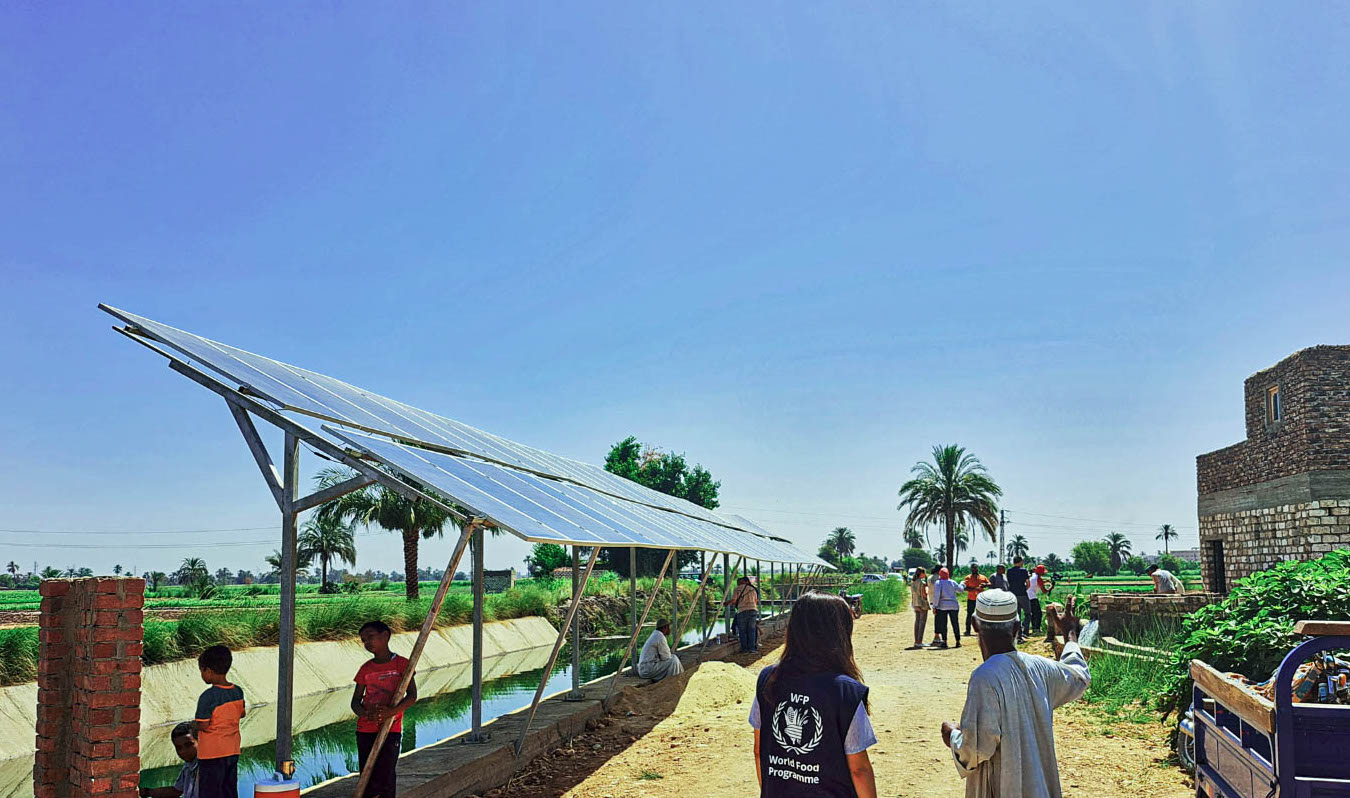
Since 2014, the Ministry of Agriculture and Land Reclamation and the WFP have been supporting smallholder farmers to increase their yields through merging their small land plots in groups of 5-10 neighboring farmers. Awareness sessions on the benefits of land consolidation were carried out, and incentives were provided to encourage farmers to consolidate their land, such as subsidizing laser land leveling costs and the purchasing of selected seeds and fertilizers.
“A type of crop is like a human, so don’t expect that 10 people, or 10 crops, will benefit from the same water source or crop schedule. Each type of crop needs specific treatment, and so when you consolidate fragmented land plots and plant one single crop, they’re able to receive the adequate care and needed conditions since all neighboring plants are of the same type,” Chatila notes.
Building trust, one community at a time

Khaled Saad is just one character in Egypt’s story of sustainable farming.
To replicate Saad’s experiences to other villages, experience has shown that one of the main determinants for long-term sustainability of any intervention is trust. A central pathway is through helping them identify the changes that are happening, and then showing real impact on-ground by using certain communities or farmers as models of inspiration for others.
In the case of El Odyasat village, which is around 15.0 km from inland Luxor, the negative impacts of climate change are real and are felt by farmers, with summer temperatures rising in parallel with less rainfall and increasing water insecurity. For instance, Mango production alone, a staple for which Egypt is often proud, fell by 50 to -80 percent, according to a former agricultural minister, due to fluctuating weather changes.
“Because of weather fluctuations, instead of earning EGP 1,800 per month, the farmer earned EGP 900 per month,” Jamal Abdel Galeel, a smallholder farmer, explains to Egyptian Streets.
Seeing the benefits of sustainable farming with his own eyes, Abdel Galeel independently reached out to other farmers, hoping to help them increase their incomes, and shift towards more sustainable farming practices that save water and recycle agricultural waste.
“Farmers do not like to take risks or try new practices, and so I decided to start with myself, and present myself as a model and to train them on new farming practices, like changing the crop schedule. When farmers saw the impact on ground and how much production has increased, people began to trust and imitate me, and around 20 percent of farmers in my village have now adapted to modern farming practices,” says Abdel Galeel.
Credibility is not just gained by providing the farmers with better solutions to their problems, but by including them in the decision-making process to encourage local ownership and local accountability.
“One of the farmers said a key word today, which is credibility. Do not think that you are smarter than the small farmers, because they are way smarter than us,” Chatila adds.
“He knows his profession better. So don’t give him promises and then not honor it. This is key to building trust. And also, understand their problems and build on local knowledge to help them design their own sustainable solutions, which enhances local ownership of projects.”
Abdel Galeel’s experience challenges the idea that only large investments can achieve wide scale impact. It also encourages valuing human relationships in our economic systems which can help farmers feel more in control of their circumstances and professions.
Primarily, it is about recognizing the value of prioritizing the human experience of smallholder farmers and how they interact with other farmers in their village.
“We can start with a small number of people, but afterwards, people will start learning from one another and farmers are learning from each other, and they’re very happy to share their experiences with their peers,” Chatila notes.
Localizing climate change through local language
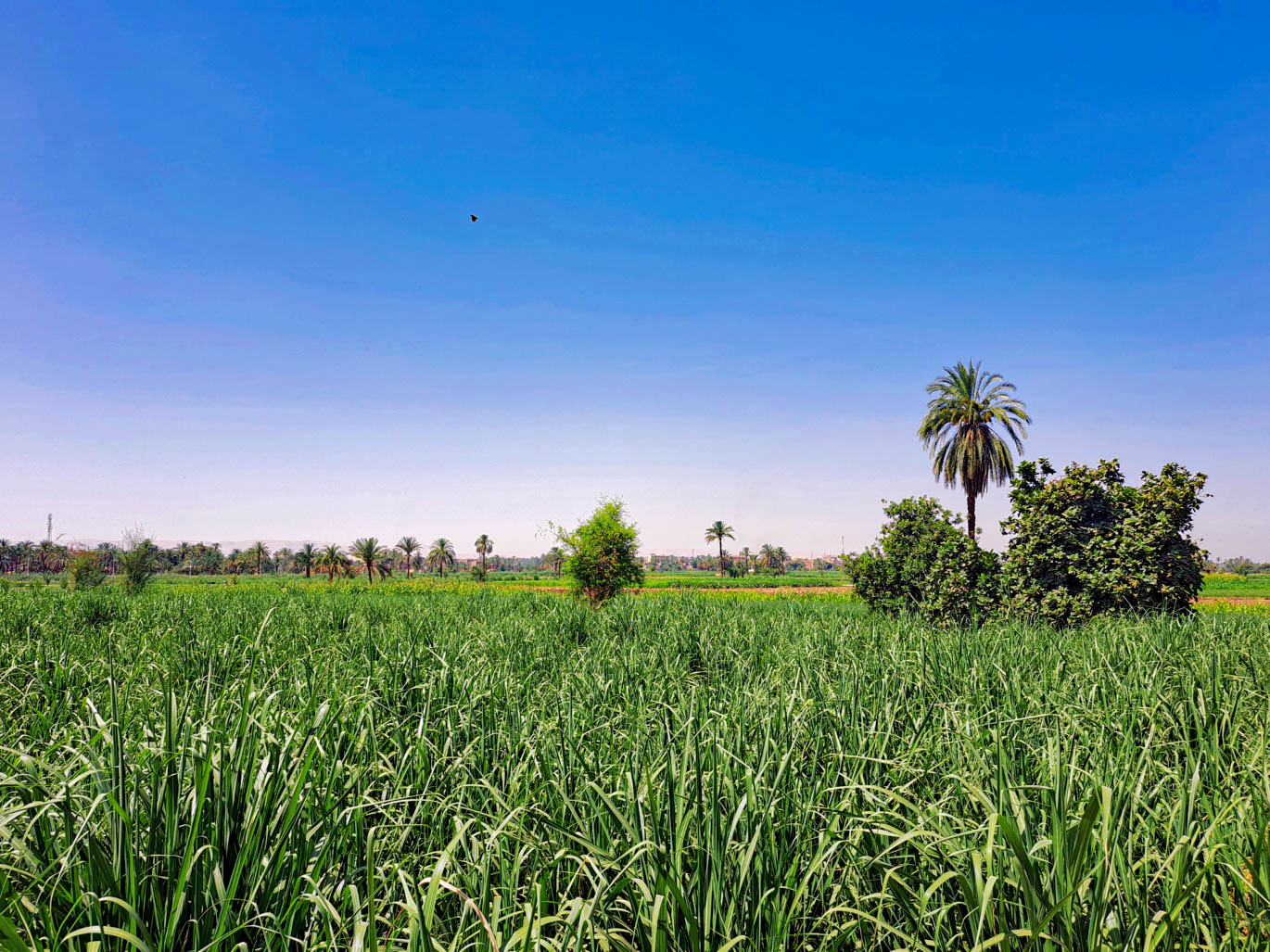
To empower communities, it is important to prioritize local partners that operate at the local level, speak the local language, and understand the local context to push for locally led climate action.
Moreover, educating women yields long term investments for communities, as female figures in communities feel more empowered to make key decisions on energy and food use at household level, which is deemed as critical in promoting community resilience and adaptation to climate change.
One such example is Sawsan Mostafa. As a young 32-year-old, she exudes an energy that echoes the blossoming culture of her community, who are now more eager to support young girls’ education and, in her view, have become more passionate about education than before.
Mostafa is one of the community volunteers at the Community Development Associations (CDAs) established by the WFP, which provides in-kind microloans for poultry businesses to women in 60 villages, to help launch their own income-generating project.
“BI visited many houses and began talking to the women, and more deeply understood their needs and challenges,” Mostafa narrates, explaining that villagers do not easily trust strangers and outsiders from the community.
“This helped to build trust with the women and all beneficiaries. So, for instance, if a woman is afraid that she would neglect her children to be part of the project or to go to work, I assured her that we will find caregivers or take them to a nursery to take care of them. Slowly, their mindsets began to change.”
Creating a real culture of understanding of climate change, where families and farmers can ask openly about the issue using their own local language, has helped to build more trust and confidence to see it as an opportunity for them to grow rather than feel threatened by it.
“I was trained on how to communicate with the beneficiaries and how to inform them of issues such as climate change using their own local language.
The story of Luxor’s sustainable farming continues, and even with the current concerns around food insecurity, years of sustainable farming practices have helped to build the resilience and confidence of small farmers to face future risks.
“We carry a lot of hope in our hearts,” Sobhy Atitto, smallholder farmer, says. “We hope projects like these reach all farmers across Egypt, as farmers in my village are truly seeing the benefits of these projects.”



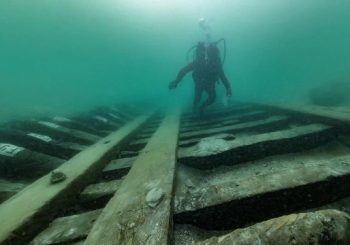
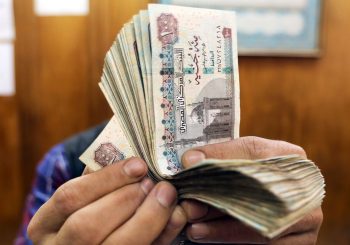
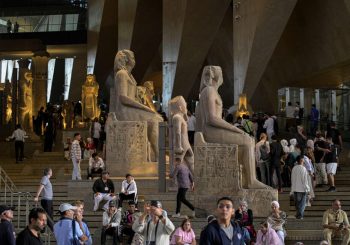
Comment (1)
[…] مزارعو الأقصر يبثون أملًا جديدًا لمستقبل مرن لتغير الم… […]